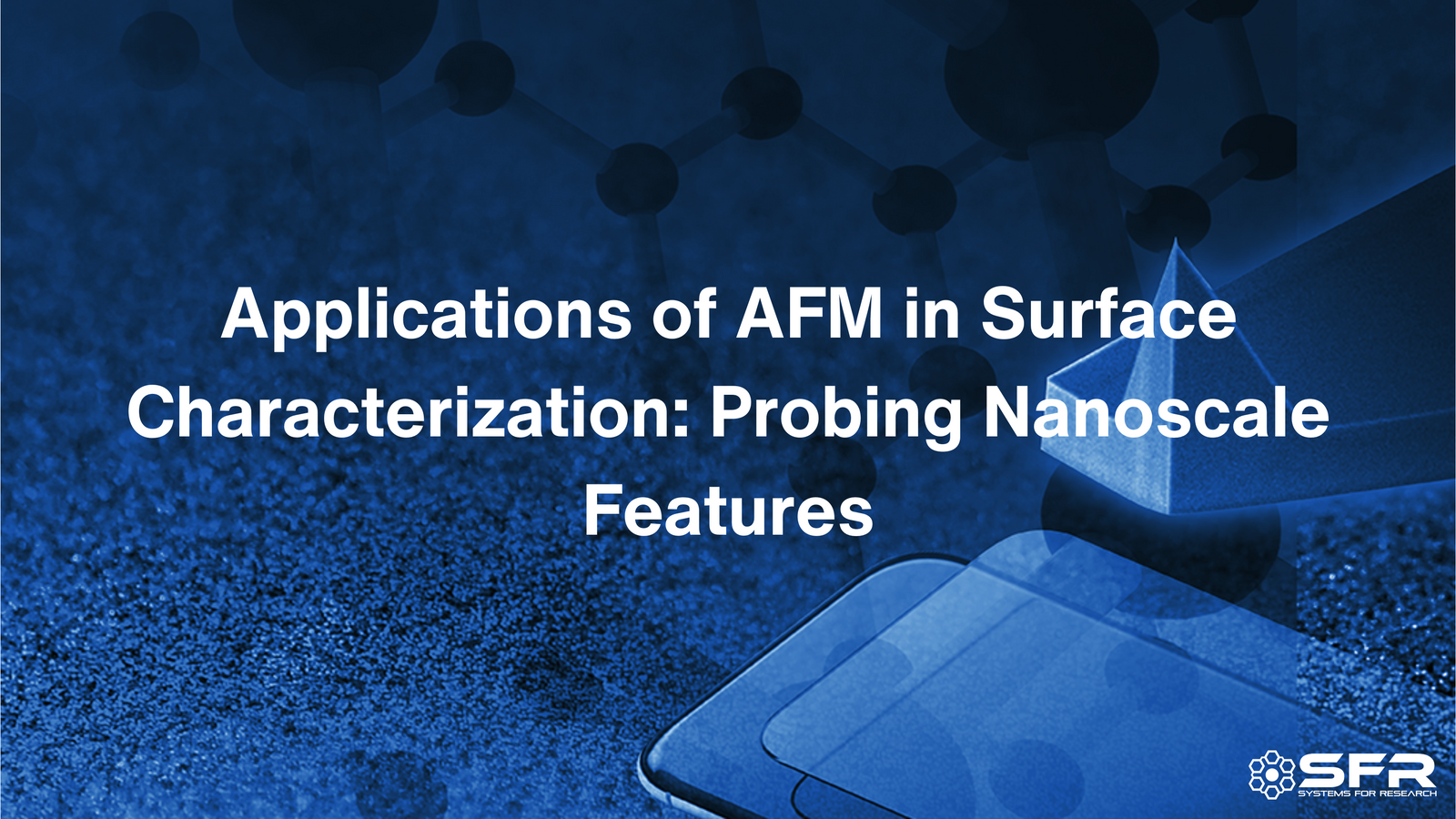Your Cart is Empty
In the world of surface science, the ability to observe and manipulate materials at the nanoscale has revolutionized countless fields, from materials science to biology. Atomic force microscopy (AFM) is a potent technology at the center of this revolution.
One of the most celebrated applications of AFM is its ability to provide high-resolution images of surfaces. AFM is capable of achieving atomic-level resolution, in contrast to optical microscopes, which are constrained by light wavelength. When attempting to see the configuration of atoms and molecules on surfaces, materials scientists use this skill. In semiconductor research, for example, AFM is used to examine the minute features of microchip surfaces to make sure they adhere to strict manufacturing criteria.
Surface roughness is a critical parameter in many industries, affecting everything from the adhesion of coatings to the performance of mechanical parts. Extremely accurate surface roughness measurement is a strength of AFM. AFM gathers comprehensive information about a material's topography and texture by scanning its surface. Manufacturers that need to enhance surface qualities for particular applications—like boosting the biocompatibility of medical implants or the wear resistance of engine components—will find this information to be quite helpful.
Beyond imaging, AFM can also measure mechanical properties at the nanoscale. AFM measures qualities such as adhesion, elasticity, and hardness by pressing the probe into the surface. This feature is especially helpful in polymer research, where creating stronger, more robust products can be facilitated by an understanding of the small-scale mechanical behavior of materials. For instance, viscoelastic properties of polymer blends can be studied by researchers using AFM, which can help in the development of more robust packaging materials.
AFM’s versatility extends to chemical and electrical characterization. Science can map electrical characteristics over a surface using methods like Kelvin probe force microscopy (KPFM) and conductive AFM (C-AFM). In the realm of nanotechnology, where electrical characteristics can differ dramatically from bulk material at the nanoscale, these methods are crucial. For example, C-AFM is used to study graphene's electrical conductivity, a material with intriguing uses in sensors and electronics.
In the realm of biology, AFM provides a window into the nanoworld of cells and biomolecules. It is appropriate for researching live cells and their interactions because of its capacity to function in liquid conditions. AFM has the ability to quantify the tensions between biomolecules, photograph the surface of a cell membrane, and even control individual molecules. Understanding intricate biological processes, such as how proteins fold or how cells react to mechanical stimuli, requires this capacity.
AFM is not just a passive imaging tool; it can also modify surfaces at the nanoscale. This skill, called nanolithography, entails physically altering the surface with the AFM probe. This method is used by researchers to produce nanoscale structures and patterns, which are necessary for the creation of innovative nanodevices. Quantum dots, for instance, can be created via AFM-based nanolithography and are useful in both medical imaging and quantum computing.
The applications of Atomic Force Microscopy in surface characterization are as diverse as they are profound. From high-resolution imaging and mechanical property mapping to chemical characterization and nanofabrication, AFM stands as a versatile and powerful tool in the arsenal of modern science.
Systems for Research is a proud partner of Bruker, the world's leading manufacturer of all types of AFM’s. We work with Bruker to make AFM’s - powered by PeakForce Tapping technology to deliver highly reliable high-resolution data and empower scientists to characterize features on even more complex samples.
Whether you’re a researcher delving into the atomic landscape or an engineer optimizing material properties, AFM offers a window into the nanoscale world, bringing us closer to the materials and technologies of the future.
